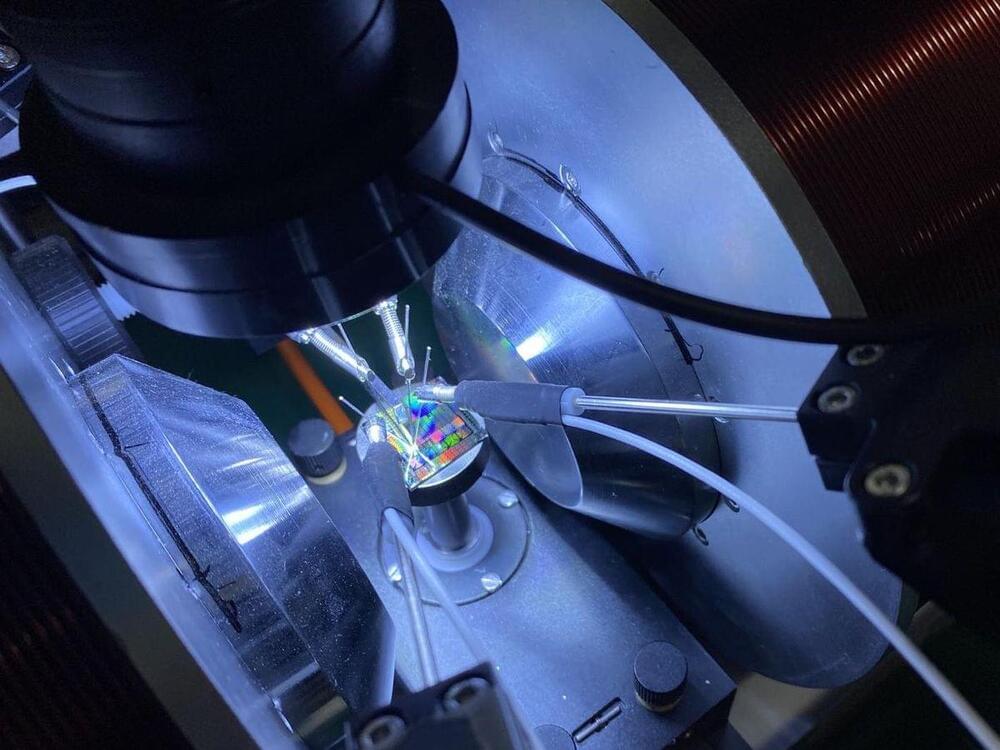Year 2017 face_with_colon_three
While theories of holographic universes have been around since the 1990s, the latest study, published in the journal Physical Review Letters, contains the first proof, the researchers say.
To find the ‘evidence’, the researchers developed models of the holographic Universe that can be tested by peering back in time as far as 13 billion years, at the furthest reaches of the observable Universe. These models depend on the theory of quantum gravity, a theory that challenges the accepted version of classical gravity. The holographic principle says gravity comes from thin, vibrating strings which are all holograms of a flat, 2D Universe.
Recent advances in telescopes and sensing equipment have allowed scientists to detect a vast amount of data hidden in the ‘white noise’ or microwaves left over from the moment the Universe was created. Using this information, the team was able to make comparisons between networks of features in the data and quantum field theory. They found some of the simplest quantum field theories could explain nearly all cosmological observations of the early Universe.







